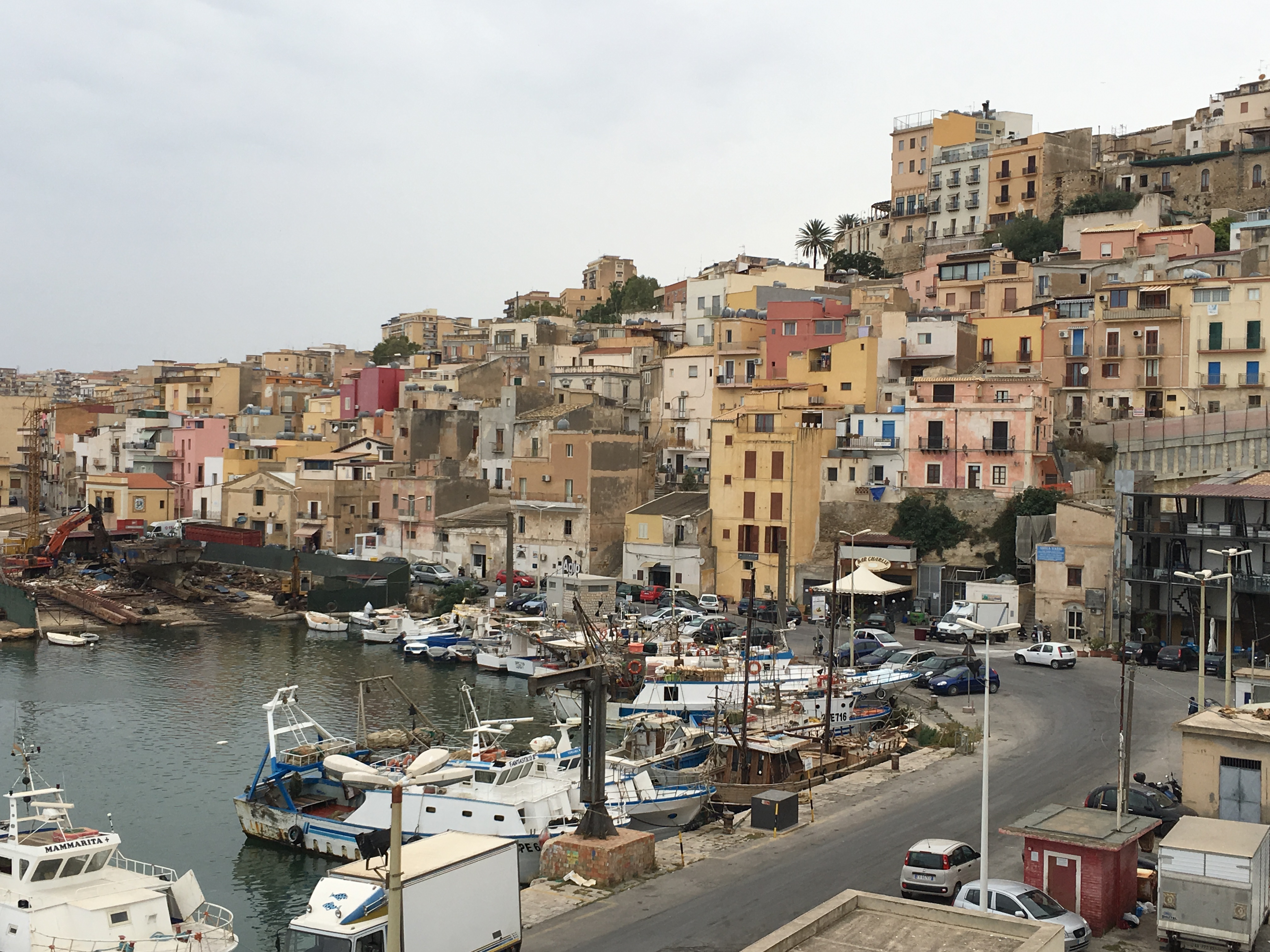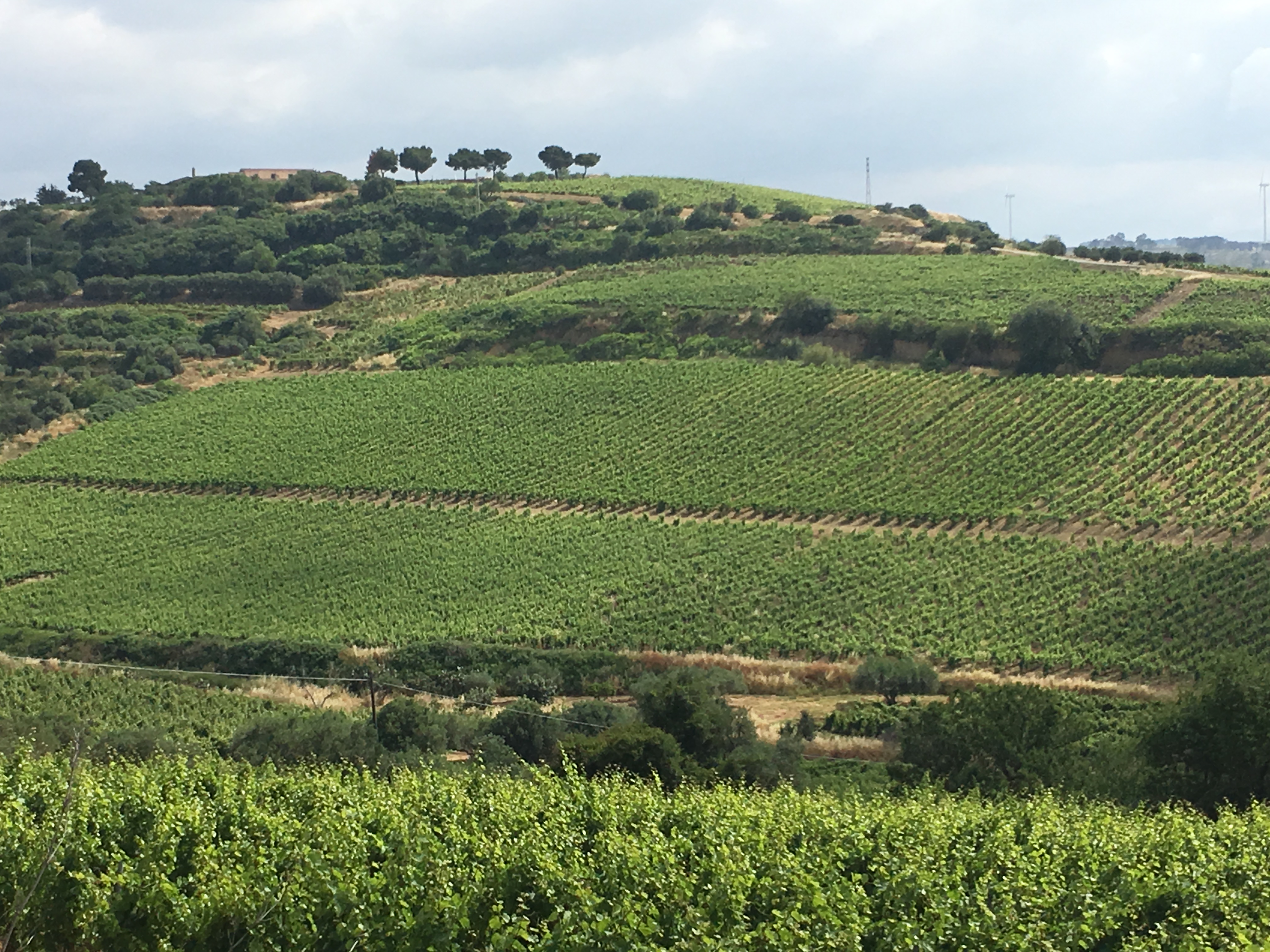Our journey around Sicily continued. The long, slow drive along the south coast between Vittoria and Menfi was, by and large, the least interesting stretch of the island we had seen, with one or two notable exceptions. The stretch around Gela in particular was sadly marred by heavy industrialization and a huge petrochemical plant right along the coast. This nondescript area was also the location of the 1943 Allied landings that signalled the beginning of the end for Nazi Germany’s occupation of Europe. So looks can be deceptive.
Those noted exceptions were, of course, the spectacular Valley of the Temples (comprising one of the world’s most extensive assemblages of classical Greek edifices in various states of preservation) outside Agrigento – which we spent most of the morning walking around, unfortunately along with a few thousand other tourists; and – far less visited – the port town of Sciacca. Largely unaffected by tourism and the base of a still active fishery, Sciacca was the perfect stop for a late, slow lunch.
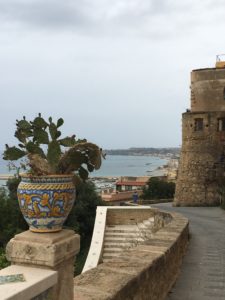
We found our way to Porto San Paolo, an elegant restaurant perched on a ridge directly above the port. Although it has a charming terrace overlooking the harbour, we sat inside the white tablecloth room, given the surprisingly cool weather coming in off the sea. Porto San Paolo’s specialty – no surprise – is seafood, much of which was laid out in a large display case as we entered, including the biggest spiny lobster (crayfish) that I have ever seen.
We happily ate our way through a shared plate of intense, iodine-tasting linguine nero delle seppie (cuttlefish black ink pasta), followed by steamed Scampi (Langoustine or Dublin Bay Prawn), it’s utter freshness accompanied simply by a wedge of lemon and a side of mashed potato. Perfection.
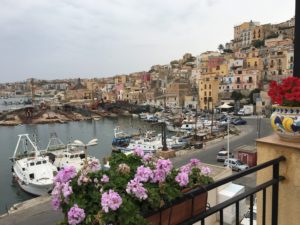
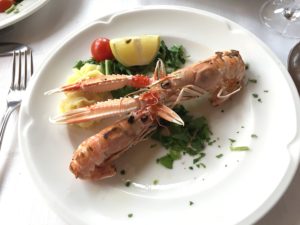
From Sciacca we made our way up into the Valle del Belice, and our base for the night. Baglio San Vincenzo is another old country farm complex that has been converted into an elegant agriturismo. Beautifully situated outside of Menfi on a plateau overlooking the Belice Valley to the west and the Mediterranean Sea to the south, San Vincenzo is a working wine farm, trading as Azienda Agricola Lanzara, the eponymous name of the Sicilian family who bought it some years ago after making their fortune in – of all places – Silicone Valley, California.
There is however something that unites these two otherwise very disparate places: seismic activity.
An earthquake ripped through this region in 1968, devastating many of the Belice Valley’s towns, villages and farm buildings and leaving them in ruins. Towns such as Partanna, Gibellina and Santa Margherita di Belice (where Giuseppe Tomasi di Lampedusa’s famous novel The Leopard was set) never quite recovered, thanks primarily to bureaucratic inertia and mafia corruption. Here at San Vincenzo, the Lanzaras – apparently flush with cash after selling their Californian business – embarked on an extended restoration project, and it shows. The original buildings are arranged around a stunning central courtyard which has been completely re-landscaped. Off to one side is the old 17th century chapel, now fully restored after the 1968 earthquake left it derelict. A huge new infinity pool invites contemplation of the stunning setting overlooking the coastal plain below.
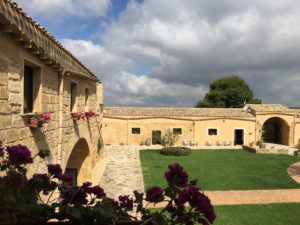
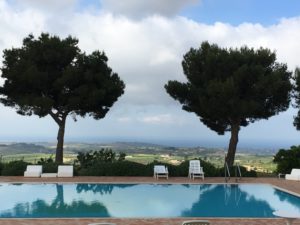
The Lanzaras make a serious amount of wine in their impressively modern winery, most of which sells in the Italian market. Eschewing Sicilian boutique wineries’ more usual approach of working with native grapes only, here the wines range from Chardonnay to Cromazio, the flagship red blend of Nero d’Avola, Syrah, Merlot and Cabernet Sauvignon. We drank a bottle of the 2004 Cromazio with dinner, and it was dark, dense and intense, with flavours of blackberries, liquorice and cocoa. Not too shabby for a large-volume producer.
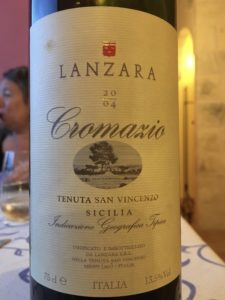
Next day, we left San Vincenzo and drove down through Menfi and then along the scenic SP79 coast road that winds towards Selinunte. This is full-on wine country, and the famous Planeta wine family has their headquarters and a couple of wineries hereabouts. In fact, I had hoped to stay at La Foresteria, the Planeta’s country resort hotel that overlooks the road we were now driving along, but as it happened it was booked out for an annual food and wine trade event. It was not to be, so we continued past the entrance and crossed the Belice River, heading west. The scenery was beautiful, the countryside peaceful, the air perfumed and still. My wife marvelled as to how we seemed to have the road to ourselves. Then, as we made our way up a rise and around a bend, the road suddenly ended in a deluge of washed out rocks and debris, barring the road entirely. There had been no warning signs. And no signs of any work on clearing the mess either. Another Sicily moment.
We reversed tracks and, after a few more dead ends, eventually made our way around to the main road connecting to the little beach town of Marinella, where the ruins of the ancient Greek city of Selinus (Selinunte) are strewn across two hillsides overlooking the sea. Similar in scope and impressiveness to those at Agrigento, the temple ruins here are much more approachable and also far less crowded. In fact, we almost had the place to ourselves. We happily clambered among the huge carved stone ruins and even wandered around inside one of the (reconstructed) Doric temples. Across a little valley, another temple rose against a backdrop of turquoise sea.
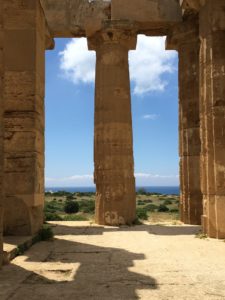
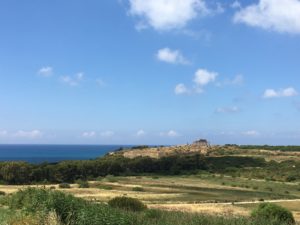
Isolated out here at the southwest corner of the island overlooking the Strait of Sicily and Tunisia, Selinunte is a gloriously impressive experience. Sicily continues to surprise, even at the end of the road.

